Stories Category: Intensive Care

Propofol-Related Infusion Syndrome in a Child with RSE
Propofol is used for sedation, anxiolysis, anesthesia induction, and as an anticonvulsant. In cases of refractory status epilepticus (RSE), propofol is more efficient than barbiturates. We present a case of a 3-year-old... read more

COVID-19 Severity and 2-year Prevalence of Physical Symptoms
Although the persistence of physical symptoms after SARS-CoV-2 infection is a major public health concern, evidence from large observational studies beyond one year post diagnosis remain scarce. We aimed to assess the prevalence... read more

Effect of Mechanical Ventilation Under Intubation on Respiratory Tract Change of Bacterial Count
Mechanical ventilation under intubation may cause dysregulation of lower respiratory microbiota in rats. The most common 'second strike' in mechanically ventilated patients is a pulmonary infection caused by the ease with... read more
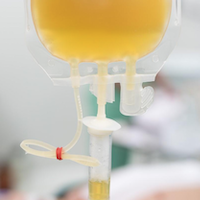
Convalescent Plasma Cuts Death by 10% in COVID Patients on Mechanical Ventilation
A randomized clinical trial in Belgium finds that convalescent plasma reduces death rates by about 10% in COVID-19 patients requiring invasive mechanical ventilation. University of Liege researchers led the open-label... read more
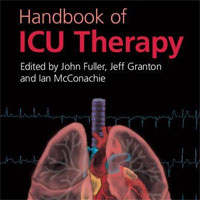
Handbook of ICU Therapy
This popular handbook provides a practical guide to managing common and important problems in the critically ill patient, as well as sufficient background information to enable understanding of the principles and rationale... read more
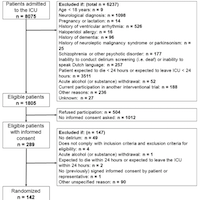
Haloperidol Efficacy to Decrease Delirium Burden in Critically Ill Patients
This trial, that was stopped early, did not show evidence that haloperidol reduces delirium and coma in critically ill patients with delirium. The beneficial effects on some agitation-related outcomes and lower sedative... read more

Thrombocytopenia Severity in COVID-19 Patients with Epstein-Barr Virus
This study aimed to investigate the prevalence of viral co-infections in hospitalized patients and their potential association with platelet count (PLT) during hospitalization. Additionally, the study explored the gender... read more

Initiation of CRRT vs. Intermittent Hemodialysis in Critically Ill Patients with Severe AKI
In critically ill patients with severe acute kidney injury (AKI), initiation of continuous renal replacement therapy (CRRT), as compared to intermittent hemodialysis (IHD), was associated with a significant reduction in the... read more
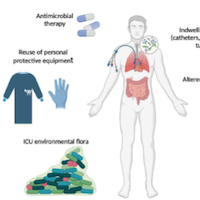
When Fear Takes Control: The Multidrug Resistance Story During Pandemics
The COVID-19 pandemic was an unanticipated event which revealed our lack of preparedness for dealing with large numbers of infectious patients whilst maintaining excellent care quality. Notable problems arose with AMS... read more
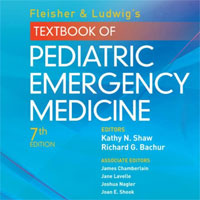
Fleisher & Ludwig’s Textbook of Pediatric Emergency Medicine
Fleisher & Ludwig's Textbook of Pediatric Emergency Medicine has long been acknowledged as the indispensable comprehensive clinical reference on diagnosing and managing emergent health issues in children. Now, a new editorial... read more
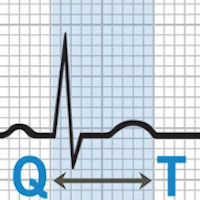
Delirium Treatment with Haloperidol Not Associated with Higher Risk of QTc-interval Prolongation
Delirium treatment with haloperidol and/or pipamperone was not associated with a higher risk of QTc-interval prolongation in this naturalistic patient sample but was greater in magnitude and correlated with equipotent dosage... read more

Hyperlipidemia in Immune Thrombocytopenia
A high proportion of ITP patients suffered from metabolic disorders, especially hyperlipidemia. Patients with hyperlipidemia may have more severe bleeding symptoms and worse responses to ITP treatments. Statin may help... read more
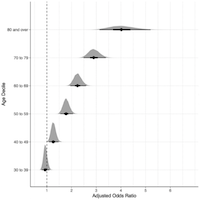
Age and Associated Outcomes Among Patients Receiving V-A ECMO
In a multinational study using the ELSO Registry, we found that increasing age was strongly associated with higher risk of hospital mortality and complications among patients receiving V-A ECMO for cardiogenic shock, with... read more

Endotoxin Role in Septic Shock
Septic shock can be caused by a variety of mechanisms including direct effects of bacterial toxins such as endotoxin. Annually, approximately 5–7 million patients worldwide develop sepsis with very high endotoxin activity... read more
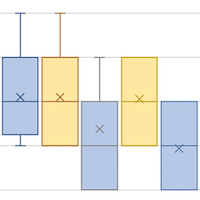
HFNC vs. CPAP in COVID-19 Patients with ARDS in ICU
Acute hypoxic respiratory failure in coronavirus disease 2019 (COVID-19) pneumonia has been treated with oxygen delivered by oxygen masks and non-invasive ventilation (NIV) with continuous positive airway pressure (CPAP),... read more

Simple Blood Test Indicating Sepsis Relapse
Sepsis is often not adequately diagnosed at the early stage when it could still be potentially avoidable. In this report, we describe the dramatic hematological changes found in the blood of a sepsis survivor just after discharge... read more
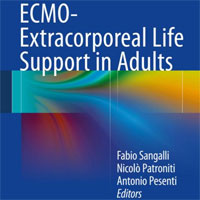
ECMO-Extracorporeal Life Support in Adults
Extracorporeal membrane oxygenation (ECMO) has been in clinical use for some 40 years, but it is only in the past decade that its application in the treatment of life-threatening circulatory and respiratory failure has truly... read more








